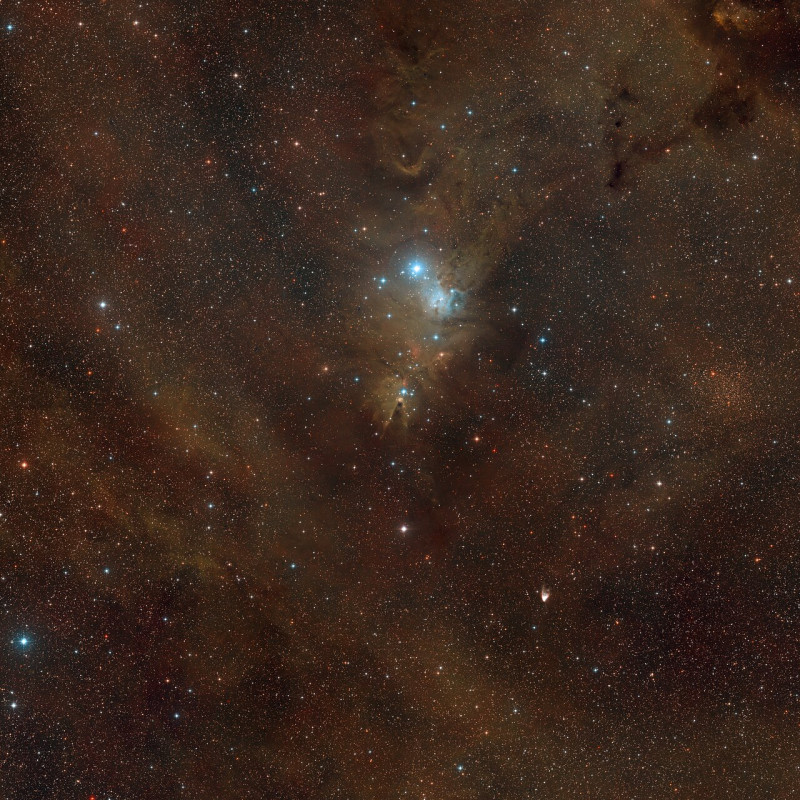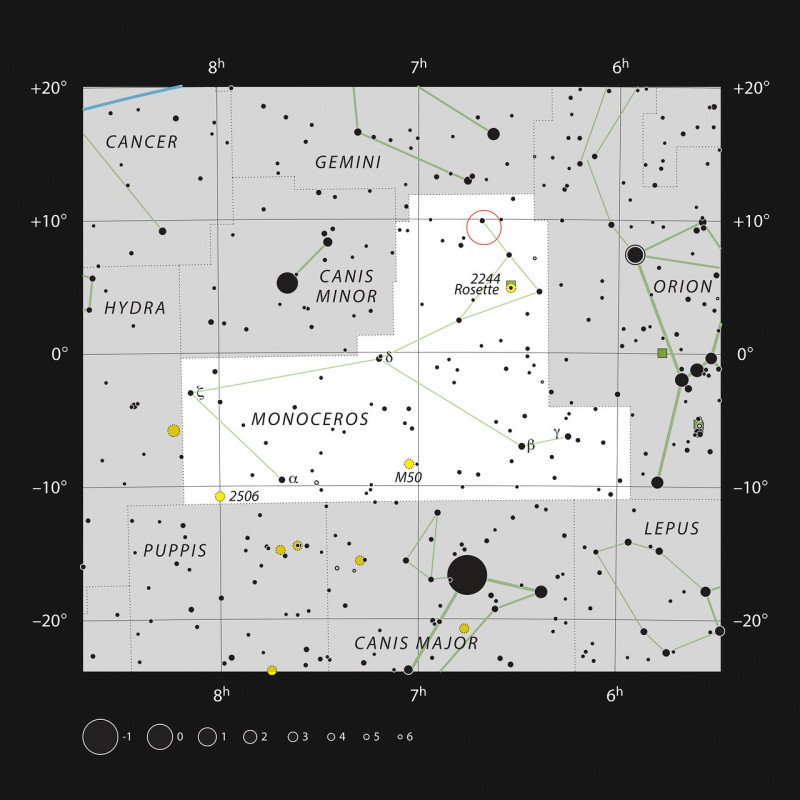ESO’s ‘gift’ for 60 years – A world of creation, birth and life, as impressive as its properties
It could be the… shadow of Darth Vader from Star Wars, or a space element. The Cone nebula is equally impressive in appearance, with the properties it presents and which are studied by the scientific community. Just 2,500 light years away from Earth, it is a world of creation, birth and life. Nebulae are the “wombs” of later worlds, with all the qualities that such a thing can entail.
The photo we see was taken earlier in 2022, released by ESO to mark its 60th anniversary. On October 5, 1962, five countries signed the contract to establish the European Space Agency. Now, six decades later and with the support of 16 member states and strategic partners, ESO brings together scientists and engineers from around the world to develop and operate advanced ground-based observatories in Chile and showcase innovative astronomical discoveries.
In this new image, we look at the center of the Cone Nebula, which is part of the larger star-forming region NGC 2264 and was discovered in the late 18th century by astronomer William Herschel. In the sky, we find this horn-shaped nebula in the constellation Unicorn.
Located less than 2500 light-years away, the Cone Nebula is relatively close to Earth, making it a well-studied object. But this image is more dramatic than any before, showing the nebula’s dark and impenetrable hazy appearance in a way that makes it look like a mythological creature.
The Cone Nebula is a perfect example of the pillar-like forms that grow in the giant clouds of cold molecular gas and dust known to form new stars. This type of plume results when massive, newly formed bright blue stars emit stellar winds and intense ultraviolet radiation that remove material from the surrounding region. As this material is pulled away from the young stars, the gas and dust are compressed into dense, dark, and tall, pillar-like shapes. This process helps create the dark cone nebula.
In this image, taken with the FOcal Reducer and Low Dispersion Spectrograph 2 (FORS2) at ESO’s VLT in Chile, hydrogen gas is shown in blue and sulfur gas in red. Using these filters makes the otherwise bright blue stars, indicative of recent star formation, appear almost golden, in contrast to the sparkler-like dark cone.
This image is just one example of the many amazing and impressive observations ESO’s telescopes have made over the past 60 years. Although this was taken for display purposes, the vast majority of ESO’s telescope time is dedicated to scientific observations that have allowed us to take the first image of an exoplanet, study the black hole at the center of our galaxy and find evidence that the expansion of our Universe is accelerating.
The European Southern Observatory (ESO) enables scientists around the world to discover the secrets of the Universe for the benefit of all. We design, build and operate world-class observatories on the ground — which astronomers use to tackle exciting questions and spread the fascination of astronomy — and we promote international collaboration in astronomy. Founded as an intergovernmental organization in 1962, today ESO is supported by 16 member states (Austria, Belgium, Czech Republic, Denmark, France, Finland, Germany, Ireland, Italy, Netherlands, Poland, Portugal, Spain, Sweden, Switzerland and the United Kingdom ), together with host country Chile and with Australia as a strategic partner.
Read the News today and get the latest news.
Follow Skai.gr on Google News and be the first to know all the news.
I have worked in the news industry for over 10 years. I have a vast amount of experience in covering health news. I am also an author at News Bulletin 247. I am highly experienced and knowledgeable in this field. I am a hard worker and always deliver quality work. I am a reliable source of information and always provide accurate information.












